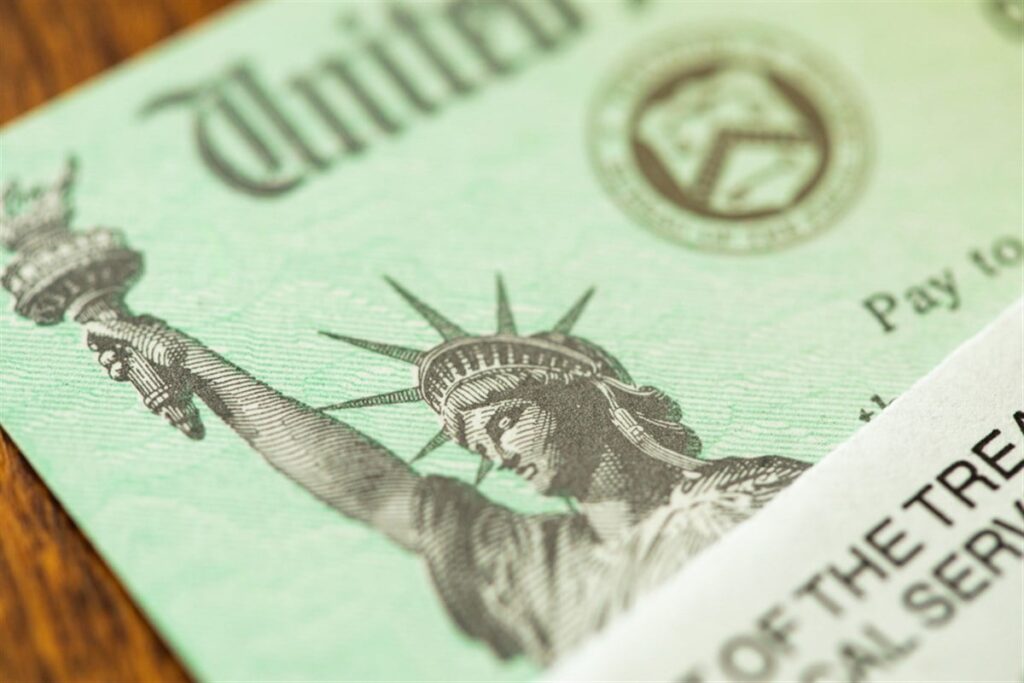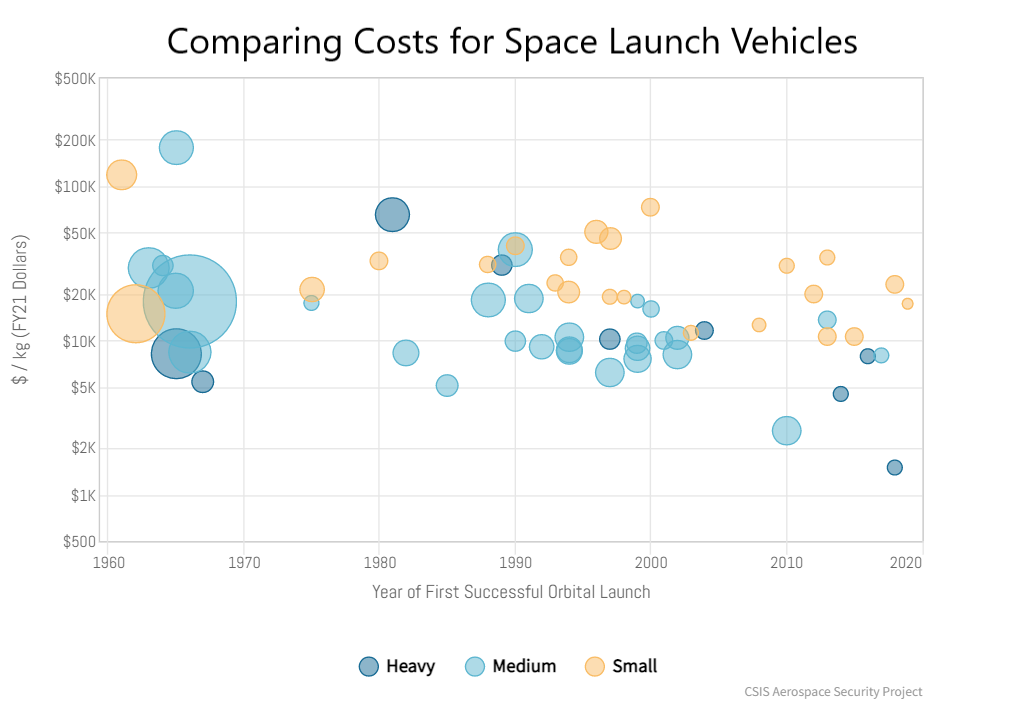A treasury bill is a short-term government debt security offering a high level of security and low risk. When you purchase a treasury bill, you essentially lend money to the government to complete short-term projects with timelines of less than one year. Because these investments are backed by the federal government, they come with almost no risk — but you’ll need to be aware of the opportunity cost before you invest.
How Treasury Bills Work
Investments in government debt are some of the safest on the market, and treasury bills (T-bills) are a prime example of low-risk, accessible debt. T-bills are sold at auction for a price lower than what they will be worth on the maturity date (the par amount). Most bills are sold in increments of $100 and can be purchased online through a bank, broker, or the Treasury Department.
Treasury bills work differently than many other bond investments because they do not pay interest on a set schedule at a fixed percentage. Instead, the bond is sold below the face value, meaning you’ll pay a reduced price upfront to receive the full value upon maturity. The difference between the purchase price and the maturity price is the profit, which is locked in upon sale.
Unlike treasury bonds, which have longer terms and pay periodic interest, T-bills are shorter in duration and pay the “interest” upfront through a discounted purchase price. Most T-bills have terms ranging from four to 52 weeks, while the most common treasury bonds have terms ranging between 20 and 30 years.
Benefits of Investing in Treasury Bills
If you’re investing in a shorter time frame or with a lower risk tolerance, treasury bills can provide a stress-free way to lock in profits when you invest. Straightforward to buy and simple to calculate, you also won’t run into thousand-dollar minimums with treasury bill purchases, as is the case with some mutual funds.
Safety and Security
Treasury bills are one of the safest investments available because they are backed by the “full faith and credit” of the U.S. government. This means that the Treasury guarantees the repayment of the face value at maturity, no matter the economic conditions at that date. Unlike corporate bonds, which carry some risk of the issuing company going bankrupt or defaulting, T-bills have virtually no credit risk. This makes them ideal for portfolios centered around retaining value.
Low Entry Cost
Another major advantage of T-bills is their lower point of entry compared to stocks, ETFs, and mutual funds. When investing in market assets, the minimum entry cost is usually one share of stock or fund ownership. This value may change on a minute-to-minute basis and reach significant prices—for example, in September 2024, one share of automobile parts retailer AutoZone (NYSE: AZO) was valued at more than $3,000.
Treasury bills are sold in increments of $100, making this the minimum investment amount. Their low entry cost also allows for more diversification in maturity dates and projects — with a lower price of entry, you can invest in more types of debt securities. This low initial entry cost makes T-bills popular among newer and lower-value investors.
Tax Advantages
While the interest earned on T-bills is subject to normal federal income tax rules, profits are not taxable at the state or local level. This makes them partially tax-exempt investments, which can be ideal if you live in a state like New York, with relatively higher state taxes.
Risks of Investing in Treasury Bills
The primary risk associated with investing in treasury bills is opportunity cost. While these investments represent exceptional, stable, low-risk options, they also offer limited growth opportunities. If you’re early in your investing career, investing too heavily in low-risk assets like T-bills can put you behind inflation.
Lower Returns
Treasury bills are designed to be a safe, conservative investment — and with low risk comes lower returns. When you initially compare treasury bill and bond rates, the difference may not be obvious. For example, in September of 2024, the average I-bond rate was 4.28%, while the average bill return was 4.97% per year. The difference in returns depends on how long the money is borrowed.
T-bills may have terms lasting only a few days — and while these investments do not accrue interest at an annual rate like bonds, the risk is still very low and limited. With a shorter duration, investors face little to no risk of losing value due to rising interest rates, which may influence traditional bond markets. You could see just a few dollars’ profit when investing minimum balances into T-bills, which is not ideal for long-term investors.
Opportunity Cost
The term “opportunity cost” describes what you give up when you invest in an asset with traditionally lower returns. For example, if you only have $1,000 to invest and put all your money into T-bills, you cannot put the same $1,000 into the stock market. If the market as a whole goes up, investing in T-bills has “cost” you the opportunity to benefit from this growth.
By investing in T-bills, you’re opting for safety over growth, which means you could miss out on more lucrative opportunities. This is especially true if you’re investing on a long-term horizon toward retirement — over the past ten years alone, the S&P 500 index has seen an average return of 10.2% per year. When you consider the additional power of compound interest, investing too heavily in treasury bills can lead to large missed opportunities.
How to Know if Treasury Bills Are a Good Investment Choice for You
To determine if treasury bills are a viable long-term investment for your portfolio, consider where you are in your journey toward retirement. If you’re looking for a short-term store of value, treasury bills can be a safe and secure choice with tax advantages. If you’re interested in more risk and potential for returns, T-bills might be too conservative for your goals.
Risk Tolerance
Your risk tolerance is the primary driving factor that will determine what percentage of your portfolio would benefit from treasury bills. Considered some of the safest investments you can make, T-bills are guaranteed to provide you with the return you lock in during purchase. T-bills can be ideal choices if you want to earn a little more money than you’d see in a savings account but don’t want to shoulder much risk.
Ideal Investment Timeline
T-bills are short-term, with maturities maxing out at one year’s time. They could be smart choices you can count on if you’re looking for a place to park your money for a short period while earning a modest return. However, for long-term growth, treasury bills might not provide the higher returns you could get from other investments like stocks or exchange-traded funds.
If you’re looking for a balance between long-term returns and stability, consider treasury bonds instead. While bonds have terms that may last up to 30 years, this longer holding period means more consistent, higher-paying interest returns.
How Do You Buy Treasury Bills?
There are two major ways to buy treasury bills:
- Online through the Treasury: TreasuryDirect.gov is the Treasury Department’s official online source for investing, available to all permanent U.S. residents. Start by creating an account and verifying your identity — you may need to submit your SSN or taxpayer ID number. Once logged in, you can choose which T-bill to buy and the amount, with a minimum investment of $100 applying to all maturity terms.
- Brokers and banks: You can also buy T-bills through a brokerage or bank, either at auction or on the secondary market. The bank or brokerage acts as an intermediary between you as the purchaser and the Treasury, similar to when purchasing shares of stock through a brokerage account.
After purchasing, you’ll receive the full face value of the T-bill at maturity. Your profit can be calculated as the value at maturity minus the initial price of investment.
Who Are Treasury Bills Best For?
The amount of risk you’re comfortable with will play the main role in determining whether you should invest in T-bills. If you’re looking for a conservative, low-risk investment and aren’t as concerned about return rates, T-bills could be right. If you’re investing long-term for a major goal like retirement, treasury bills may not provide the growth you’ll need to achieve them.
Make Informed Investment Decisions With MarketBeat
In a constantly changing market, investing requires up-to-the-minute information. Activate your free trial of MarketBeat All Access now to have daily insights delivered directly to your email.
Before you make your next trade, you’ll want to hear this.
MarketBeat keeps track of Wall Street’s top-rated and best performing research analysts and the stocks they recommend to their clients on a daily basis.
Our team has identified the five stocks that top analysts are quietly whispering to their clients to buy now before the broader market catches on… and none of the big name stocks were on the list.
They believe these five stocks are the five best companies for investors to buy now…




